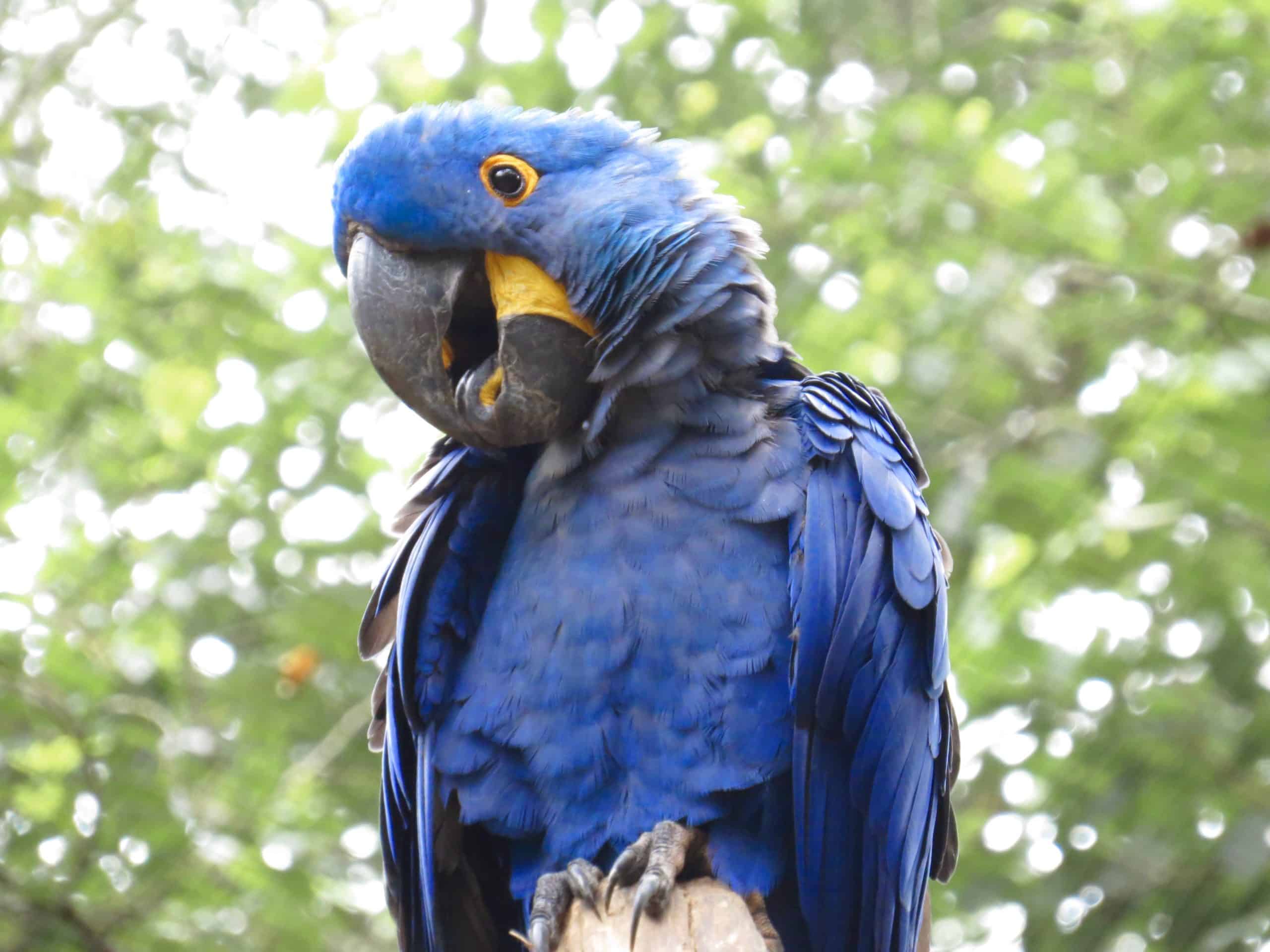What are the signs of a happy bird?

Birds are among the most vibrant and fascinating pets one can have. Their colors, songs, and behaviors can bring joy to any household. However, unlike cats and dogs, birds are not as straightforward with their emotions. As a bird owner, it’s crucial to understand the behavior and body language of your feathered friend to ensure they are content and thriving. A happy bird will display a variety of signs that are easy to recognize once you know what to look for. From the chirps and songs to the way they fluff their feathers, every action communicates something about their well-being.
In this article, we will dive into the characteristics of a happy bird. We’ll explore the various signs and behaviors that indicate your bird is enjoying a satisfying life in your care. Whether you’re an experienced bird owner or considering adopting a budgie or any other bird as a pet, being able to interpret these signs will enhance your bond with your bird and help you provide the best care possible.
Also to see : Can you train a cat to use a toilet?
Understanding Bird Body Language
Birds communicate much through their body language, and learning to interpret these signals is key to understanding their emotional state.
The Posture and Feather Display
A happy bird often has a relaxed posture, with feathers that are smooth and well-groomed. If your bird frequently fluffs up and then smooths down its feathers, it might be a sign of contentment. This behavior is similar to a cat’s purring and can indicate that your bird feels safe and comfortable in its environment.
Also read : How to choose the right type of mouse or rat as a pet?
Eye Pinning
Another indicator to watch out for is ‘eye pinning,’ where a bird’s pupils rapidly contract and expand. While this can sometimes indicate excitement or interest, it is often a sign of a positive emotional response when accompanied by other happy behaviors.
Beak Grinding
Beak grinding is a surprising behavior that can suggest happiness in birds. This is often heard as a soft clicking sound as the bird relaxes before sleep, comparable to a cat kneading its paws.
Vocalizations and Sounds
The sounds your bird makes provide significant insight into their mood and overall well-being.
Singing and Chattering
Happy birds are typically vocal, engaging in singing, chirping, and chattering throughout the day. These sounds are a bird’s way of expressing joy, much like a person whistling or humming a tune when they’re in a good mood.
Mimicking and Talking
If you have a bird species known for mimicking speech, such as parrots or budgies, a happy bird will often engage in repeating words or sounds they have learned. This is not only a sign of happiness but also of intelligence and engagement with their environment.
Quiet Times
While vocalizations are good indicators of happiness, quietness doesn’t necessarily mean your bird is unhappy. Birds, like humans, need time to rest and may also enjoy peaceful moments.
Social Interaction and Play Behavior
Birds are social creatures and often display their happiness through interactions with their owners or other birds.
Bonding and Cuddling
A happy bird will seek out interaction, whether it’s gentle head-scratching from you or cuddling with another bird. This is a clear sign they trust and enjoy the company.
Playfulness
A playful bird is a happy bird. Offering various toys and spending time playing with your pet encourages mental stimulation and physical exercise, which are both essential for a bird’s happiness.
Curiosity
A content bird will display curiosity about its surroundings. If your bird investigates new toys, explores its cage, or watches activities outside with keen interest, it’s a good sign they are feeling happy and stimulated.
Eating and Preening Habits
Observing your bird’s eating and preening habits can be an excellent indicator of their happiness levels.
Healthy Appetite
Happy birds typically have healthy appetites. They will eagerly eat their food and may even be excited when it’s time to eat. Keep an eye on their consumption, as a decrease could indicate stress or illness.
Regular Preening
Preening is a sign of self-care. If your bird regularly preens its feathers, keeping itself clean and tidy, this is often a sign of a happy and healthy pet. Over or under-preening, however, may suggest stress or discomfort.
Sleep Patterns
Sleep is as crucial for birds as it is for humans when it comes to maintaining happiness and good health.
Consistent Sleep Cycles
A happy bird will have consistent sleep cycles, generally sticking to a routine that matches the sunrise and sunset. Make sure your bird has a quiet, dark place to sleep, and try to minimize disturbances during their rest times.
Relaxed Sleeping Posture
Look for a relaxed sleeping posture, which might include tucking their head under a wing or puffing up their feathers. This indicates they feel secure in their environment.
In conclusion, recognizing the signs of a happy bird is about observing their behavior and understanding their body language. A bird that is vocal, social, playful, well-fed, and well-rested is likely enjoying life. As bird owners, it’s your responsibility to ensure your pet’s environment is enriching and that you’re providing the necessary care and attention. With patience and observation, you’ll soon become adept at reading your bird’s signs and ensuring their happiness. Remember, a happy bird is more likely to be a healthy, sociable, and affectionate companion for many years to come.
